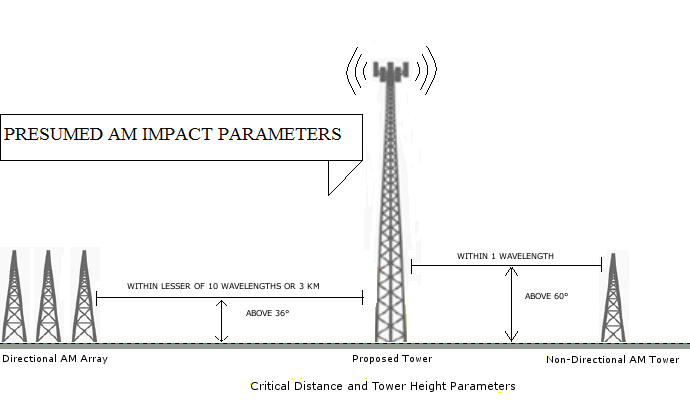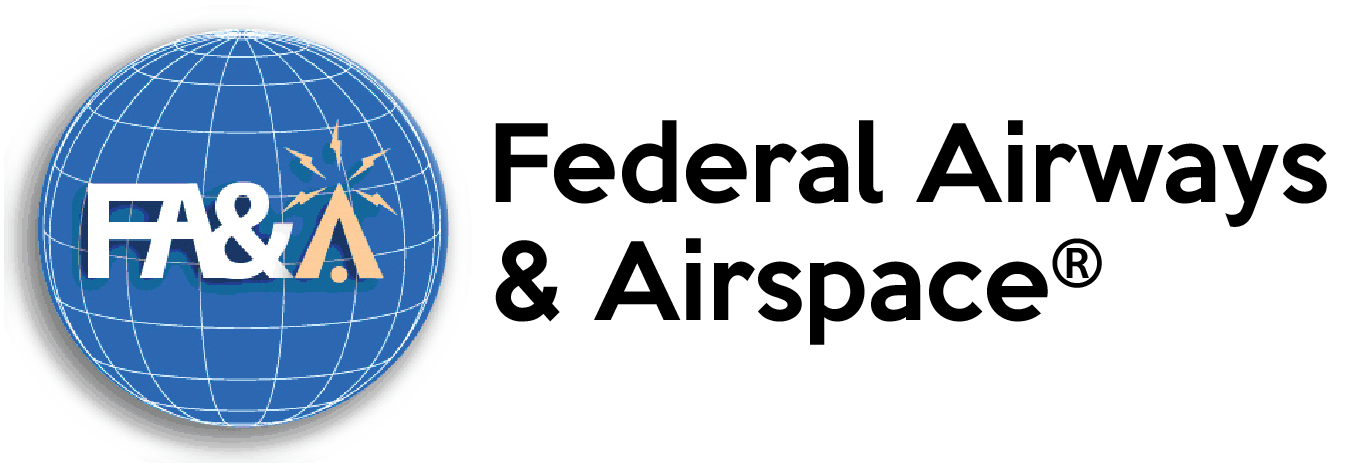- May 1, 2014
- Posted by: Airspace USA
- Category: FCC, News

Airspace OMS Changes
The FCC’s Policies and Rules Regarding AM Radio Service Directional Antenna Performance Verification, MM Docket No. 93-177, FCC 13-115, went into effect on February 20, 2014. The FCC new method is to be used to determine if a tower will cause interference (re-radiation) of an AM Station broadcast. This new method has been published in the Federal Register. The method is defined in FCC Publication, “FCC 13-115”. The calculations specified in this document are now included in Airspace software. The results of the calculations are shown in the Summary Report. These calculations determine the electrical height (in degrees) of a proposed antenna based upon the wavelength of the AM Station frequency and the separation distance between the AM Station and the proposed antenna in wavelengths. If the proposed antenna falls within the calculated parameters an AM Study and notification to the AM Station are required.

Previous FCC rules required licensees and permittees to notify AM stations and take appropriate action when a tower is constructed within a fixed distance of an AM station. In contrast, the new rules replace this approach with one that defines the critical distance from both non-directional (single antenna) and directional (multiple antennas) AM stations based on the pertinent AM station’s frequency and the proponent’s tower height. These rules require a party proposing to construct a new tower or significantly modify an existing tower within the pertinent critical distance to provide notice to the AM station at least 30 days prior to the planned commencement of construction. Such party would be responsible for the installation and maintenance of any detuning apparatus necessary to restore the AM station’s radiation pattern. The new rules designate moment method modeling as the principal means of determining whether a nearby tower affects an AM pattern. The rules would, however, allow traditional “partial proof” measurements taken before and after tower construction as an alternative procedure when the potentially affected AM station was licensed pursuant to field strength measurements, as opposed to computer modeling. The new rules eliminate short towers from consideration and exclude many routine cases in which antennas are added to existing towers.
However, the new rules permit an AM station to show that tower construction or modification not otherwise subject to these notice and remediation requirements had affected AM station operations and would authorize the Commission, if necessary, to direct a tower proponent or owner to install and maintain any detuning apparatus necessary to restore proper operation of the AM antenna.
The new rules exclude short towers from AM proximity analysis on the grounds that such towers are inefficient re-radiators that would not generally affect the AM pattern. The threshold height is 36 electrical degrees for a directional AM antenna system and 60 electrical degrees for a non-directional AM antenna system.
The new rule also excludes antenna structures mounted on buildings from AM proximity analysis except where the antenna structure alone would be a significant re-radiator as defined in Appendix B Section 1.30002(e) of Order FCC 13-115.
If you have any questions or concerns, please give our office a call at (321) 777-1266, or send us an email, , we would be happy to assist you.
